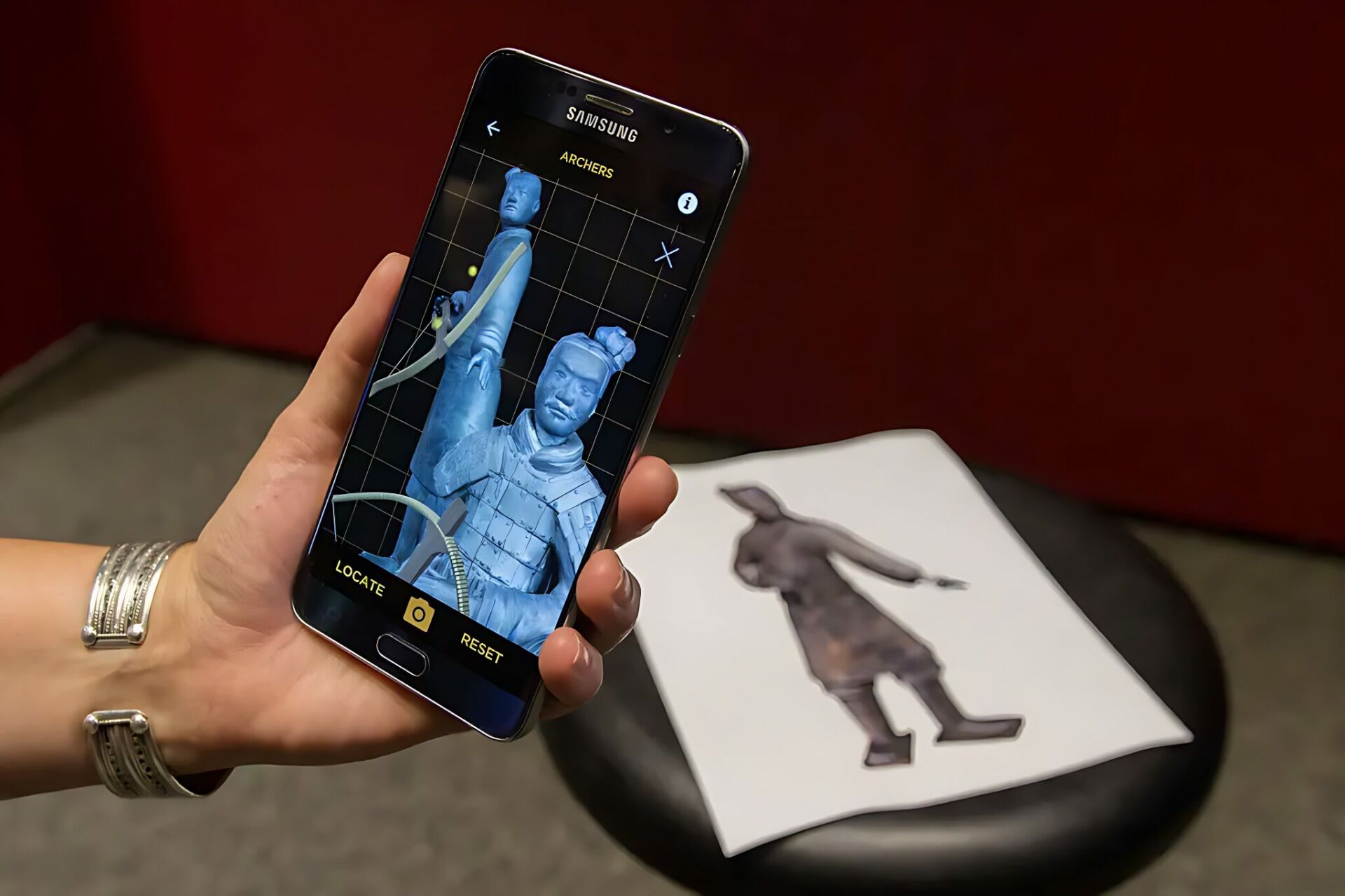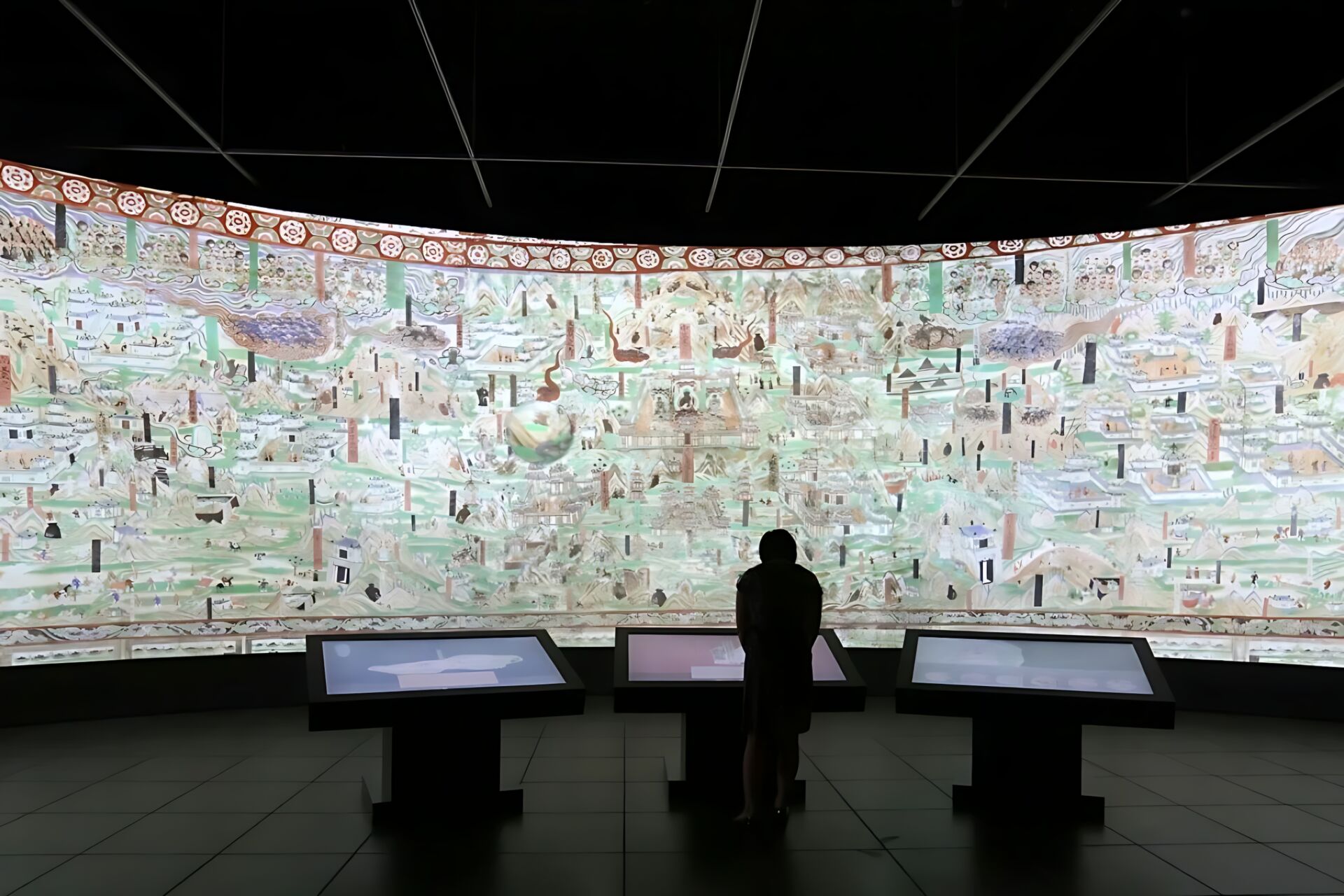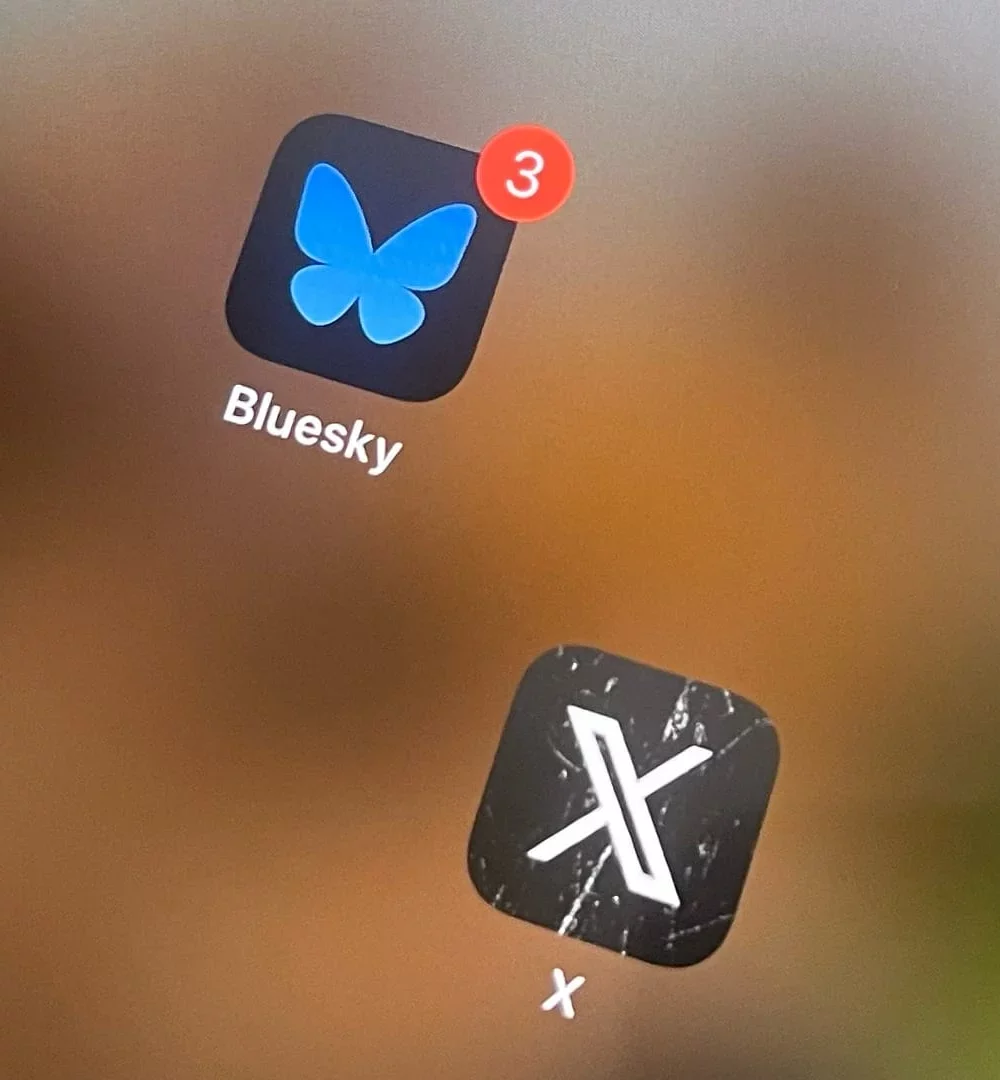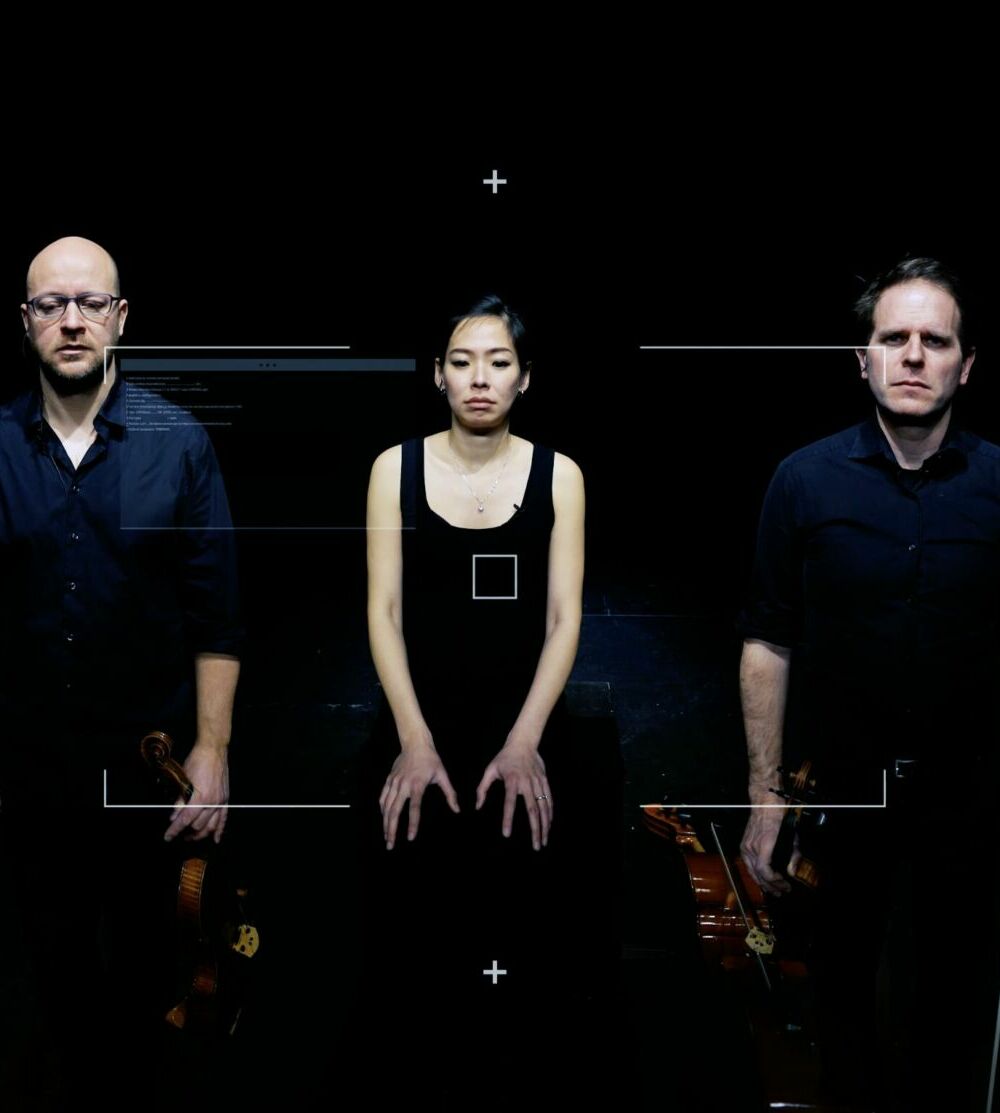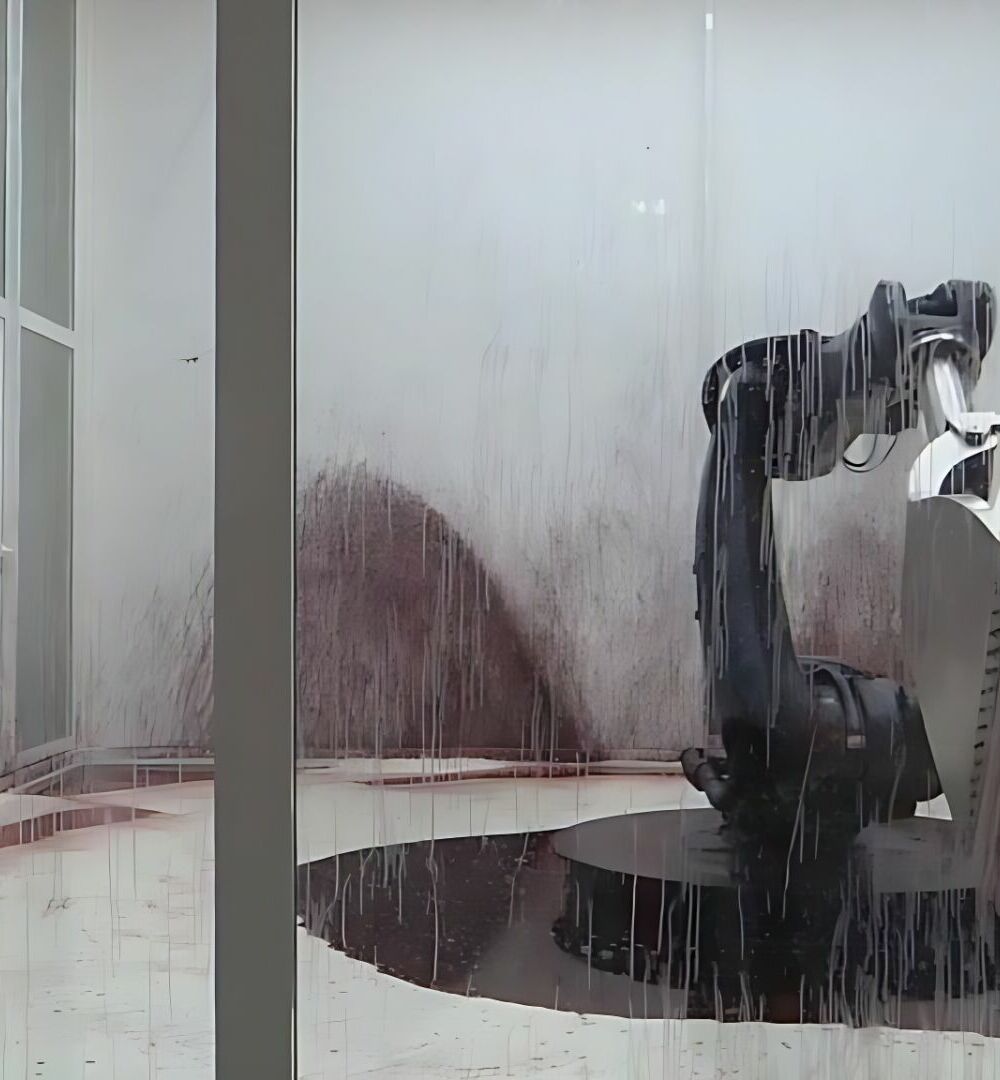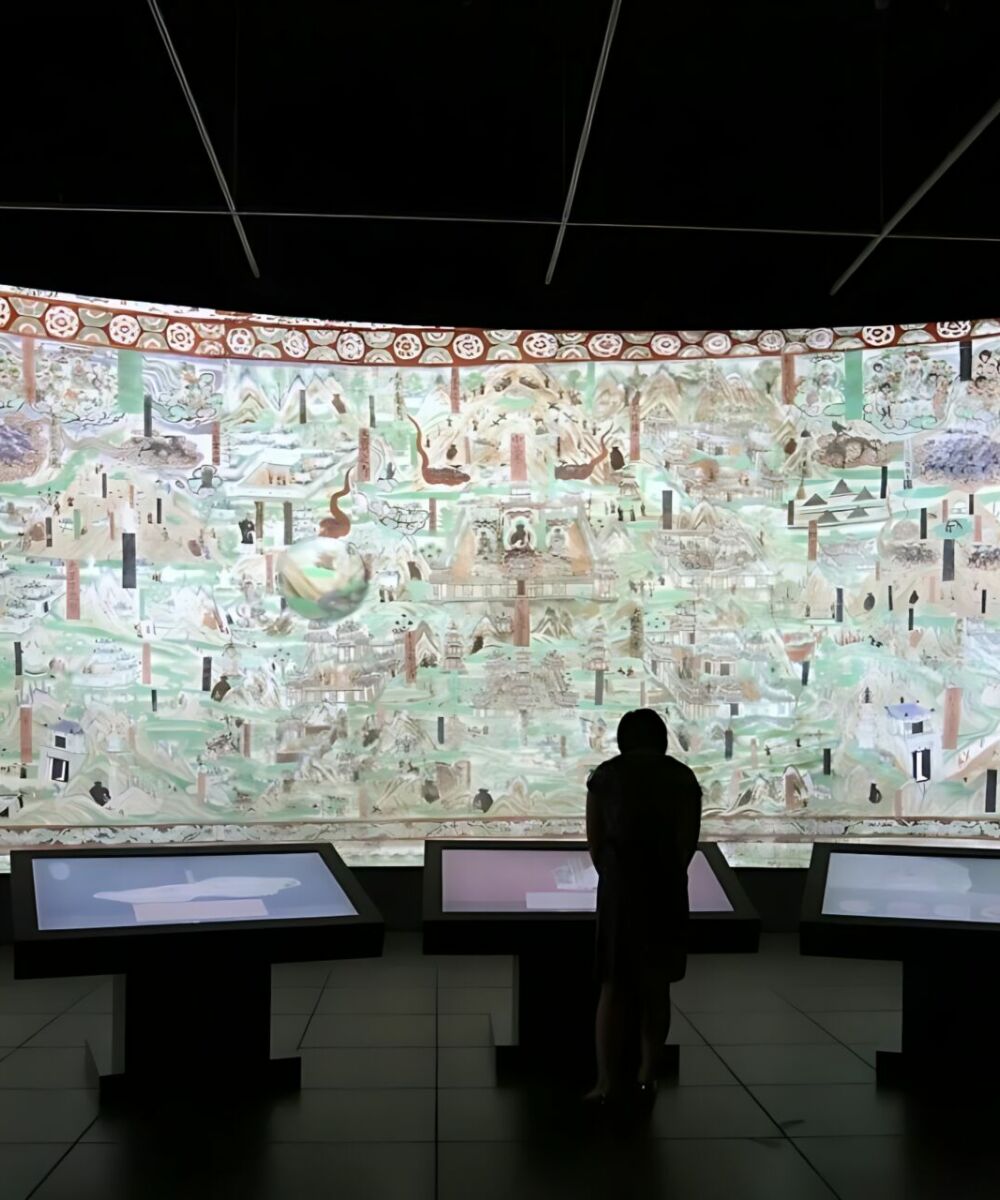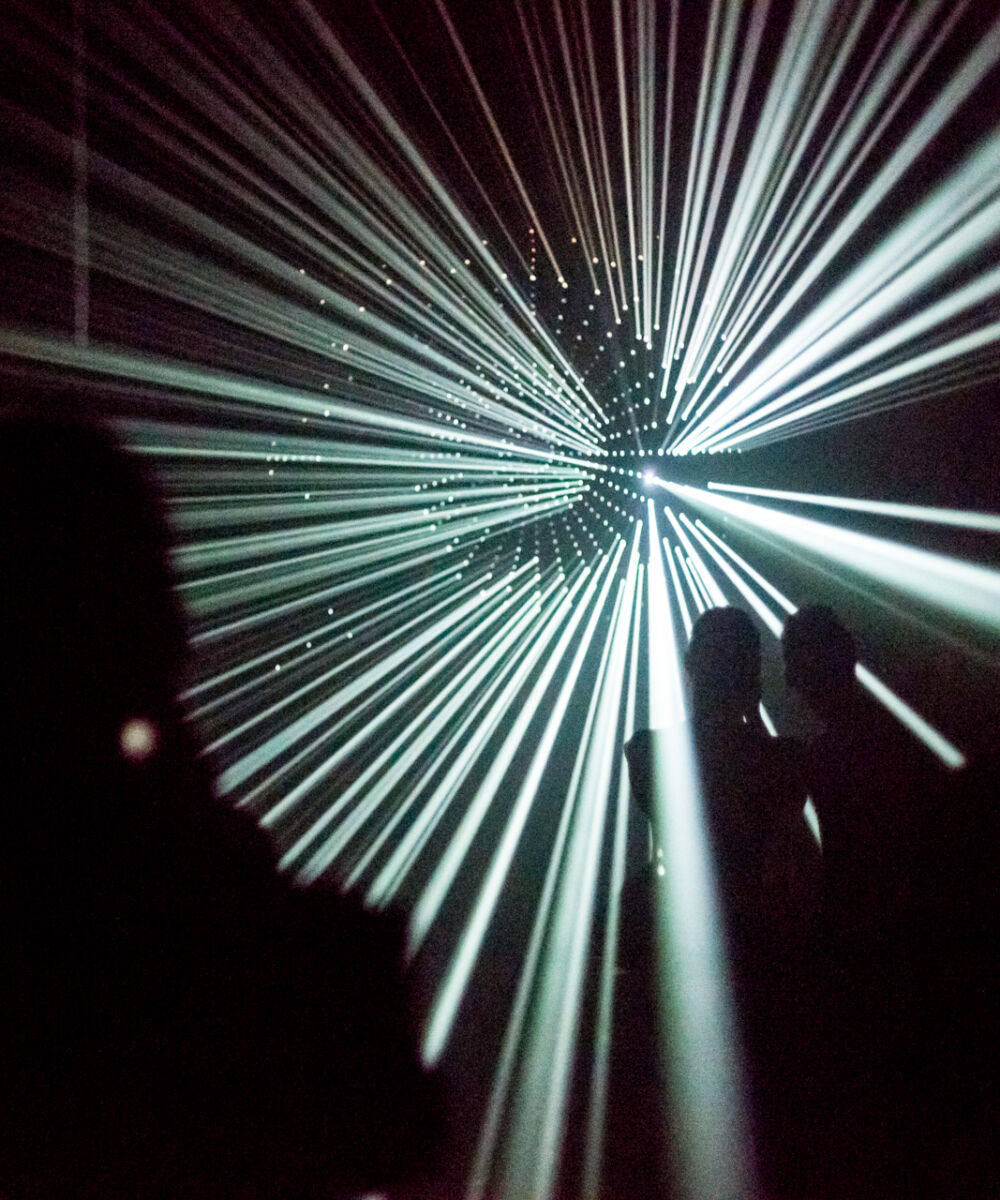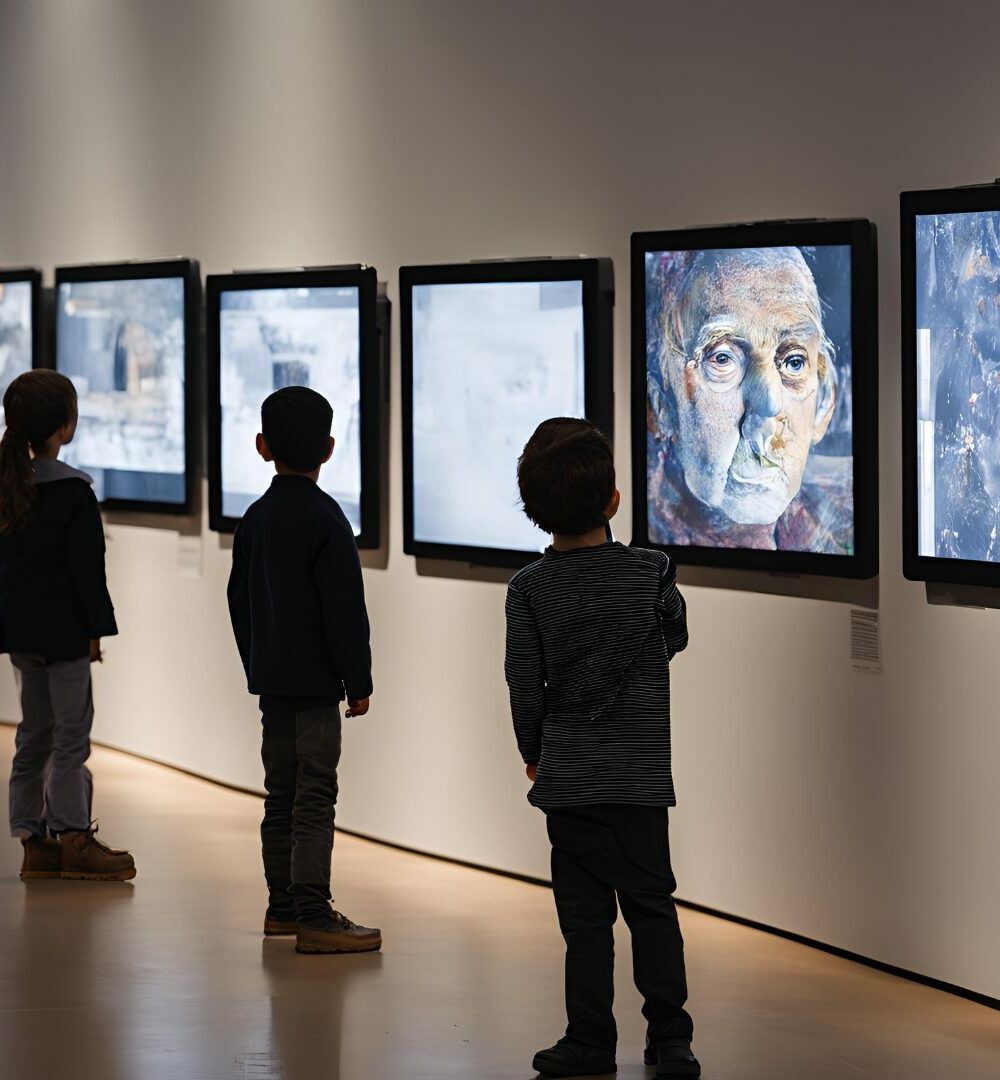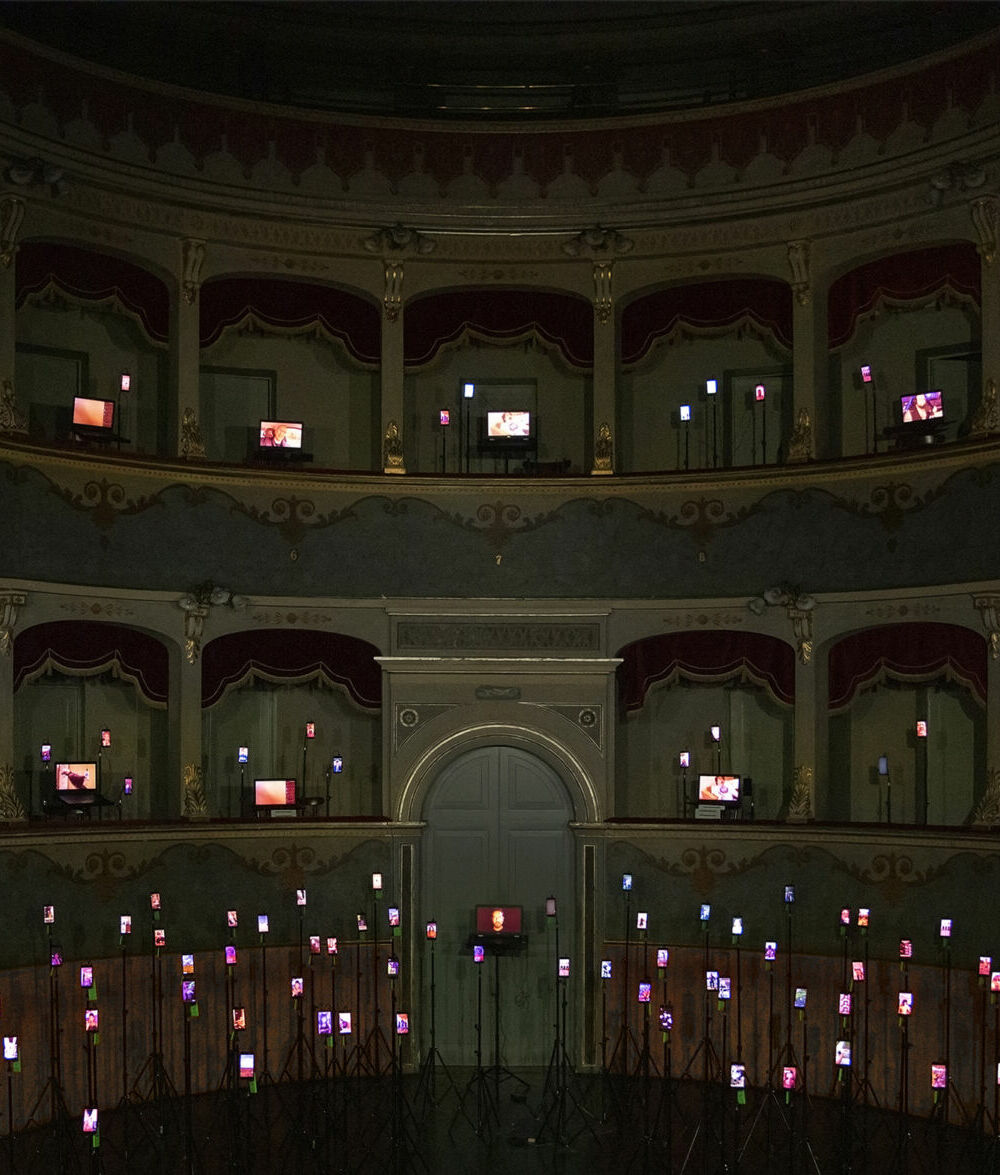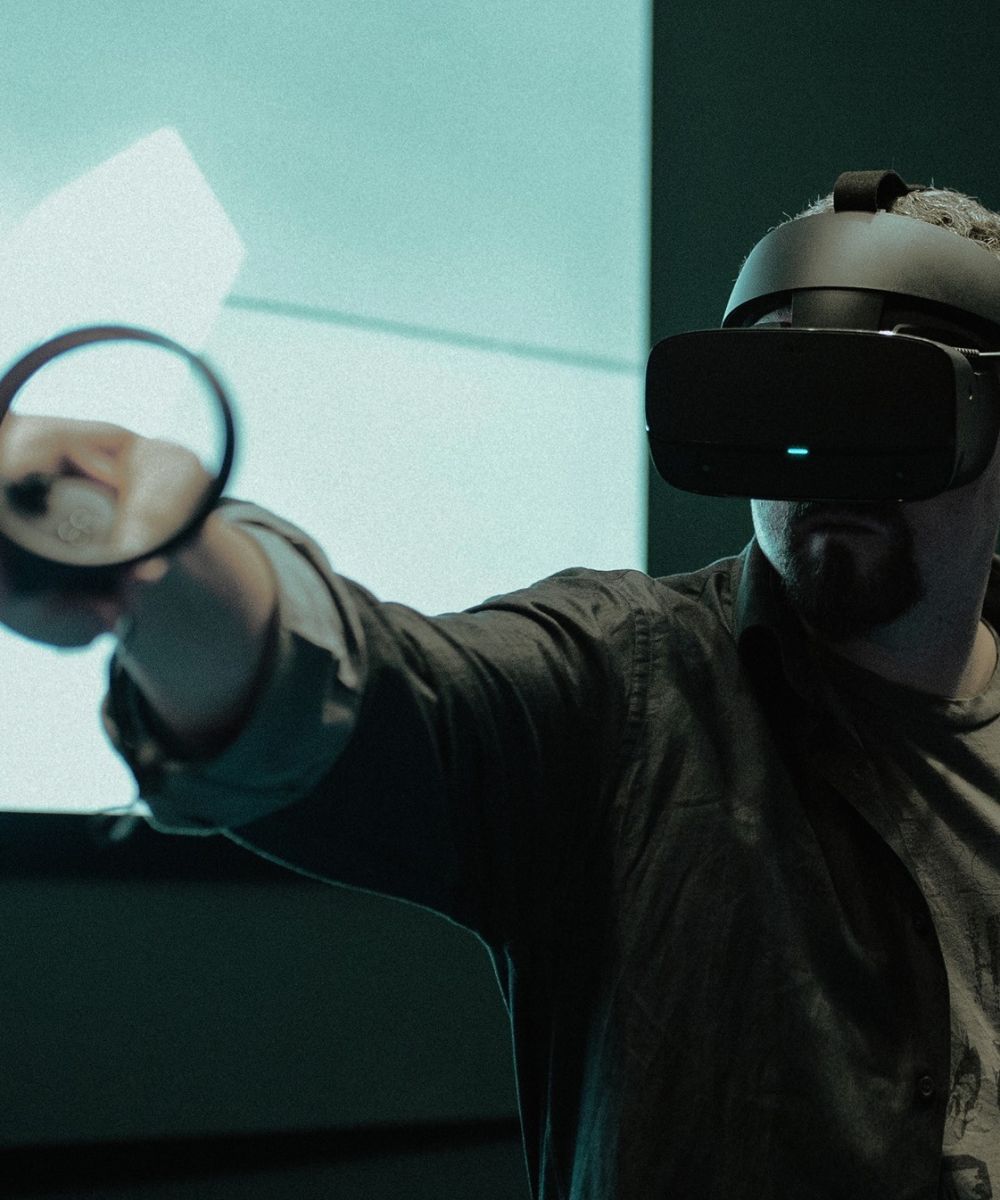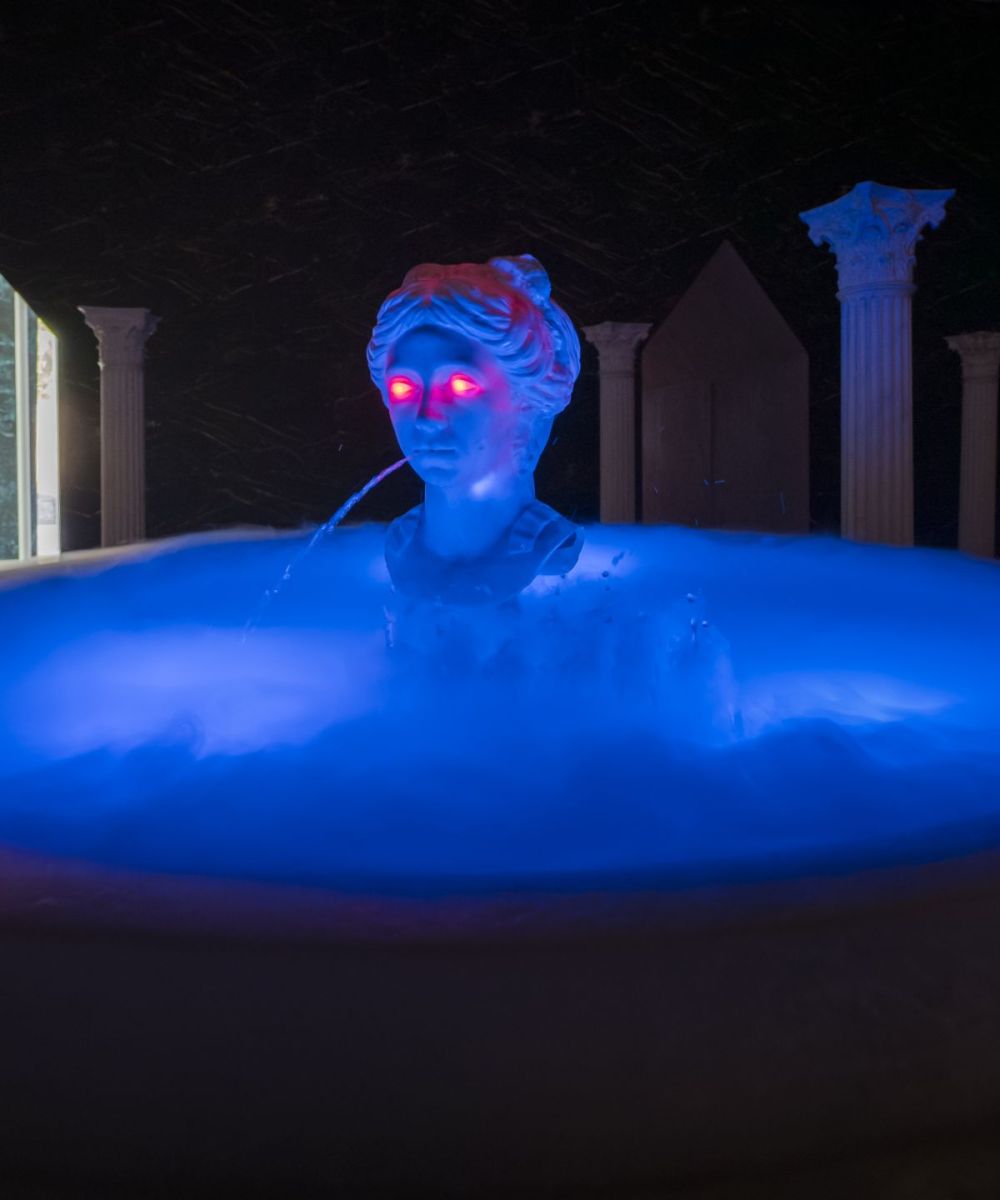The digital future of China’s cultural heritage
by Camilla Fatticcioni
Imagine being able to move back in time and visit the ancient Buddhist Mogao caves in Dunhuang at the peak of their splendour, travelling along the Silk Road with merchants and pilgrims, as described in The Travels of Marco Polo. For some time now, this idea has no longer belonged to the world of science fiction.
A visit to the Mogao caves, one of the most important Buddhist sites in China, begins with an immersive video experience that takes visitors back to the times of the great trade routes along the Silk Road, in the centuries when the Dunhuang oasis in the Gansu province was the crossroads of culture and merchandise coming from Central Asia.
It is impossible to imagine visiting a museum or archaeological site in China without the support of new digital technologies: from accessing interactive and in-depth analysis apps with just a click on your smartphone, to authentic experiences of virtual and augmented reality that bring figures of the past back to life, enabling us to admire long-lost ancient cultural relics in all their grandeur. The rapid digitization process of daily life in China has naturally influenced the approach of museums and important cultural institutions, but this also includes demands made by visitors. If, on one hand, new technologies are used to improve the visitor experience and facilitate learning, on the other hand, they represent one of the main solutions for preserving an artistic and archaeological heritage which is becoming progressively more fragile.
The Mogao Buddhist caves in Dunhuang are an example of how, from the very beginning, digital resources have proved essential in protecting a site constantly exposed to erosion caused by sand and climate change. Since the 1990s, scholars have worked on the problem of digitally preserving the caves, collecting images and films over the years to create a large online archive: a kind of “library” that provides the public with virtual access to the caves, including those normally closed to visitors because of their extremely fragile condition.
An innovative idea at that time, to say the least, but one which already foresaw the intention of using virtual conservation on the archaeological site. The digital reproduction of certain artistic and cultural heritage sites is without a doubt a resource that enriches the visiting experience, but at times, it is also a crucial choice for preservation.
The Porcelain Pagoda Tower of Nanjing was badly damaged in the 19th century during the Opium wars: the original nine-floor tower, clad with coloured enamelled tiles, can be seen once more in all its glory today in a high-definition video, thanks to the help of a digitization project.
As well as the digital recreation of the Pagoda Tower, virtual technology was also introduced to generate a metaverse space at the museum of the ruins of the Grand Bao’en Temple in Nanjing, in which visitors can explore the digitally restored Porcelain Pagoda Tower. In a digital universe, where there are no limits to building restoration or reconstruction, augmented reality manages to replace what has been eroded over time: 3D imaging technology has allowed experts to create highly accurate digital replacements of fragile and shattered remnants to prevent any damage to the original artefacts.
In a digital universe, where there are no limits to building restoration or reconstruction, augmented reality manages to replace what has been eroded over time
For example, this technique was particularly important for the research and conservation of the Terracotta Army in the mausoleum museum of the Emperor Qin Shi Huang in Xi’An, since the terracotta relics are so fragile that they could crumble if exposed to air and light. So, augmented reality came to the rescue, showing visitors the weapons that completed the detailed armour of the warriors, which had been destroyed long before: during the exhibition, Enhancing Views of History: Terracotta Warriors and Augmented Reality at the Franklin Institute in Philadelphia (2017), visitors were able to view the original aspect of these centuries-old figures through their smartphones.
The Chinese digital heritage grew hand in hand with the increased development of accessible online platforms. Especially during lockdown, it was used as a way to overcome isolation during the pandemic: exhibitions that could be visited from personal computers, and NFT digital souvenirs, became the new frontier to be explored during the pandemic. If, on one hand, there are those who believe that this digital approach is a more accessible and democratic way to learn about specific artistic and cultural legacies, on the other, there are those who feel it is “phony”, or find it an experience that is less authentic and with less impact compared to seeing archaeological sites or works as a “live” experience. With the great impact imposed by mass tourism, the idea of being able to virtually travel and appreciate the history of certain endangered sites may seem dystopian, even though it is unquestionably more sustainable.
Camilla Fatticcioni
A scholar of China and a photographer. After graduating in Chinese language from Ca’ Foscari University in Venice, Camilla lived in China from 2016 to 2020. In 2017, she began a master’s degree in Art History at the China Academy of Art in Hangzhou, taking an interest in archaeology and graduating in 2021 with a thesis on the Buddhist iconography of the Mogao caves in Dunhuang. Combining her passion for art and photography with the study of contemporary Chinese society, Camilla collaborates with several magazines and edits the Chinoiserie column for China Files.


